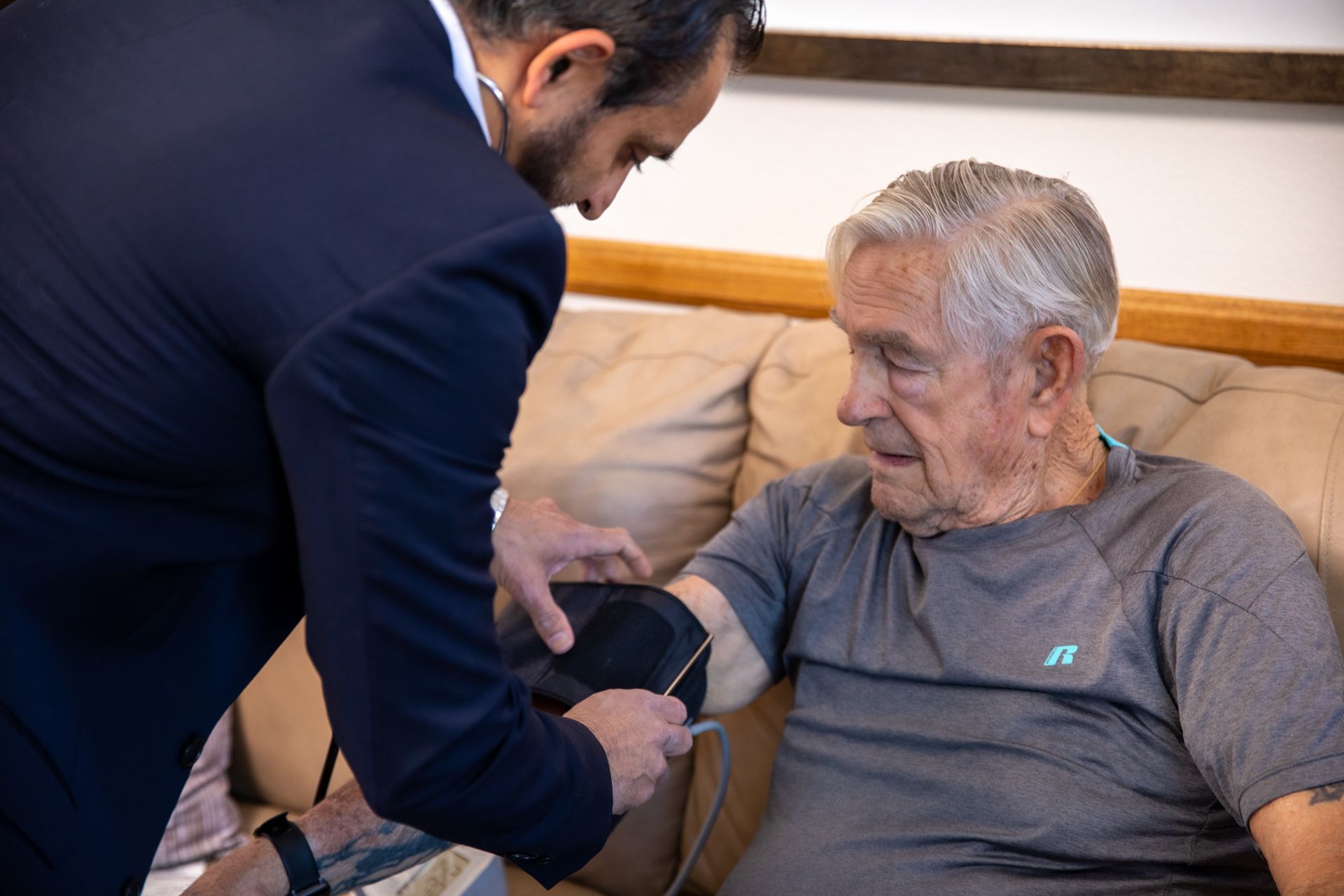Nonalcoholic Fatty Liver Disease: Risk Factors, Diagnosis, and Management
Nonalcoholic Fatty Liver Disease (NAFLD) is a rapidly growing health concern worldwide. It is a condition in which excess fat accumulates in the liver of individuals who consume little to no alcohol. While initially considered a minor issue, NAFLD can progress to more severe forms, leading to liver damage, cirrhosis, and even liver failure.
Risk Factors for NAFLD
- Obesity: One of the primary risk factors for NAFLD is obesity. Excess body fat, particularly around the abdomen, increases the likelihood of fat buildup in the liver.
- Type 2 Diabetes: People with type 2 diabetes are at an elevated risk of developing NAFLD due to the association between insulin resistance and fat accumulation in the liver.
- Insulin Resistance: Even without diabetes, insulin resistance can contribute to NAFLD. When the body becomes less responsive to insulin, the liver produces more fat.
- High Blood Sugar: Elevated blood sugar levels can promote fat storage in the liver, making it a significant risk factor for NAFLD.
- High Blood Pressure: Hypertension is linked to an increased risk of NAFLD and its progression to more severe stages.
- High Cholesterol: Abnormal lipid profiles, particularly high levels of triglycerides and low levels of HDL cholesterol, are associated with NAFLD.
- Metabolic Syndrome: NAFLD is often part of metabolic syndrome, a cluster of conditions that increase the risk of heart disease, stroke, and type 2 diabetes.
- Rapid Weight Loss: Quick weight loss, especially through crash diets or bariatric surgery, can increase the risk of NAFLD worsening.
Diagnosis of NAFLD
NAFLD can progress silently without noticeable symptoms. Therefore, it's crucial to diagnose it early through the following methods:
- Liver Function Tests: Abnormal liver function tests, such as elevated liver enzymes, can be the first indicator of NAFLD.
- Imaging Studies: Ultrasound, computed tomography (CT), or magnetic resonance imaging (MRI) can help visualize fat accumulation in the liver.
- Liver Biopsy: In some cases, a liver biopsy may be necessary to confirm NAFLD and assess the degree of liver damage. However, this invasive procedure is usually reserved for more advanced cases.
Management of NAFLD
Effective management of NAFLD primarily involves lifestyle changes:
- Weight Loss: Achieving and maintaining a healthy weight is one of the most effective ways to manage NAFLD. Even modest weight loss can lead to significant improvements in liver health.
- Dietary Changes: Adopting a balanced, low-fat, and low-sugar diet can help reduce fat accumulation in the liver. Focus on whole foods, fruits, vegetables, and lean proteins.
- Regular Exercise: Regular physical activity can help improve insulin sensitivity, aid in weight loss, and reduce liver fat.
- Medications: In some cases, healthcare providers may prescribe medications to manage specific aspects of NAFLD, such as diabetes or high cholesterol.
- Management of Underlying Conditions: If you have comorbidities like diabetes or hypertension, managing them effectively is crucial to controlling NAFLD.
- Regular Monitoring: People with NAFLD should have regular follow-up appointments with their healthcare providers to monitor their liver health and make necessary adjustments to their treatment plans.
Nonalcoholic Fatty Liver Disease is a growing concern with potentially serious consequences. Fortunately, it is manageable through lifestyle changes, early diagnosis, and adequate medical intervention when needed. By understanding the risk factors, seeking timely diagnosis, and adopting a healthier lifestyle, individuals can take control of their NAFLD and reduce the risk of progression to more severe liver conditions. If you suspect you may have NAFLD, it's essential to consult with a healthcare professional for proper evaluation and guidance.









